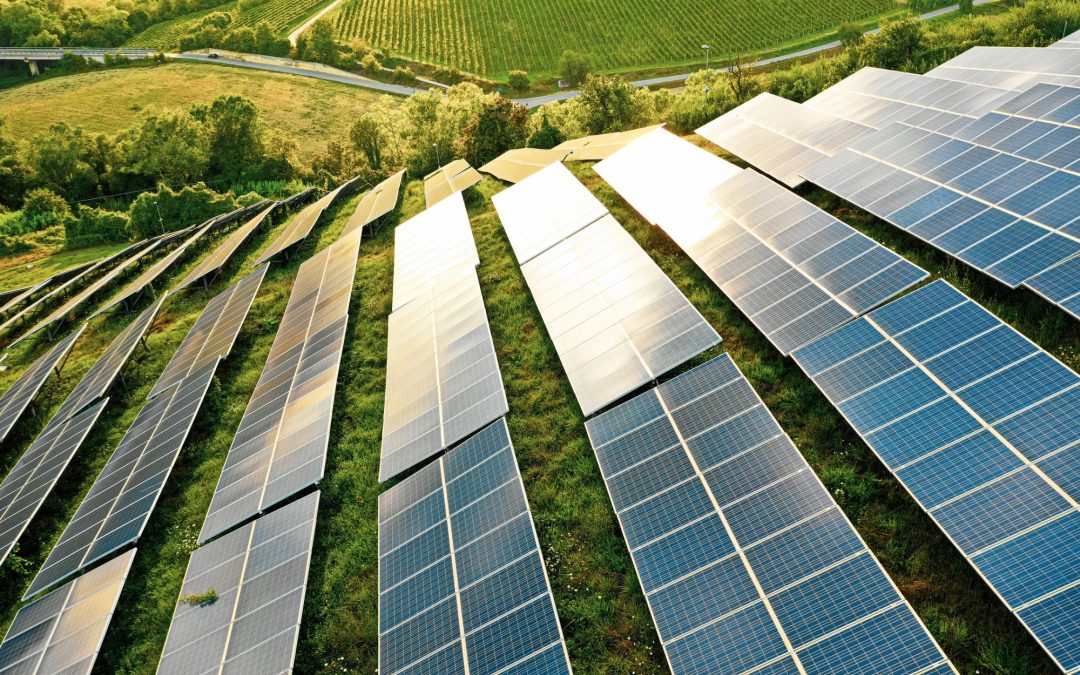Solar Energy Systems in homes are not only lowering Minnesota’s carbon footprint, they are lowering energy bills – something we could all use, given today’s energy prices! It’s hardly surprising so many people are opting for Home Solar Energy Systems – the 2022 Minnesota Energy Factsheet found solar and wind accounted for 98.5% of new electricity generation capacity added here during 2021. But have you ever stopped to wonder how those Solar Energy Panels actually work?
How is Solar Energy Made?
Energy stored in sunlight is usually released as heat (just imagine Minnesota’s record heatwave, last year!) but if this energy hits the material within solar energy panels, it becomes an electrical current instead. Home solar panel installations cover areas that catch the most rays during peak sunshine hours – usually the top of your roof – and turn this into solar energy. Inside solar panels are photovoltaic cells, which contain a film of semiconducting material. As the solar panel absorbs sunlight, the semiconductor harnesses it, turning it into electricity instead of heat.
Knowing Your AC from Your DC
The electricity created within solar panels is what’s called direct current (DC), which needs to be converted into alternating current (AC) for it to be stored and used in your home. To do this, the solar panels send this DC electricity to what’s called an inverter, which converts it to AC and feeds your main service panel, powering your home. If you are on-grid, unused electricity flows back into the grid and is offset from your energy bills; if you are off-grid you will have batteries ready to store excess electricity to use another time. With growing battery storage and federal tax credits applying to energy storage, there has never been a better time to consider going off-grid – Cedar Creek Energy offers a range of storage and battery options.
To Infinity and Beyond
When you think about solar power’s potential, it’s important to imagine the almost limitless quantities of energy released by the sun as it hits the Earth every day. In the past decade, solar energy has exploded across the US and globally – residential solar power installation prices dropped by 64% between 2010 and 2020 and it is rapidly becoming a dominant power source. Closer to home, Minnesota looks set to host what could be the biggest solar installation of its kind, anywhere in the US, with a 45-megawatt capacity generated from at least 100,000 panels.
Solar energy is not only one of the cheapest energy sources around, it is also arguably the most reliable, and it has the power to turbocharge the world’s energy transition. With the many amazing solar installation options currently available at Cedar Creek Energy, you could be amazed by what a solar energy system could do for your home. As your Minnesota solar installer, Cedar Creek Energy can walk you through the options available and be your resource every step of the way.

